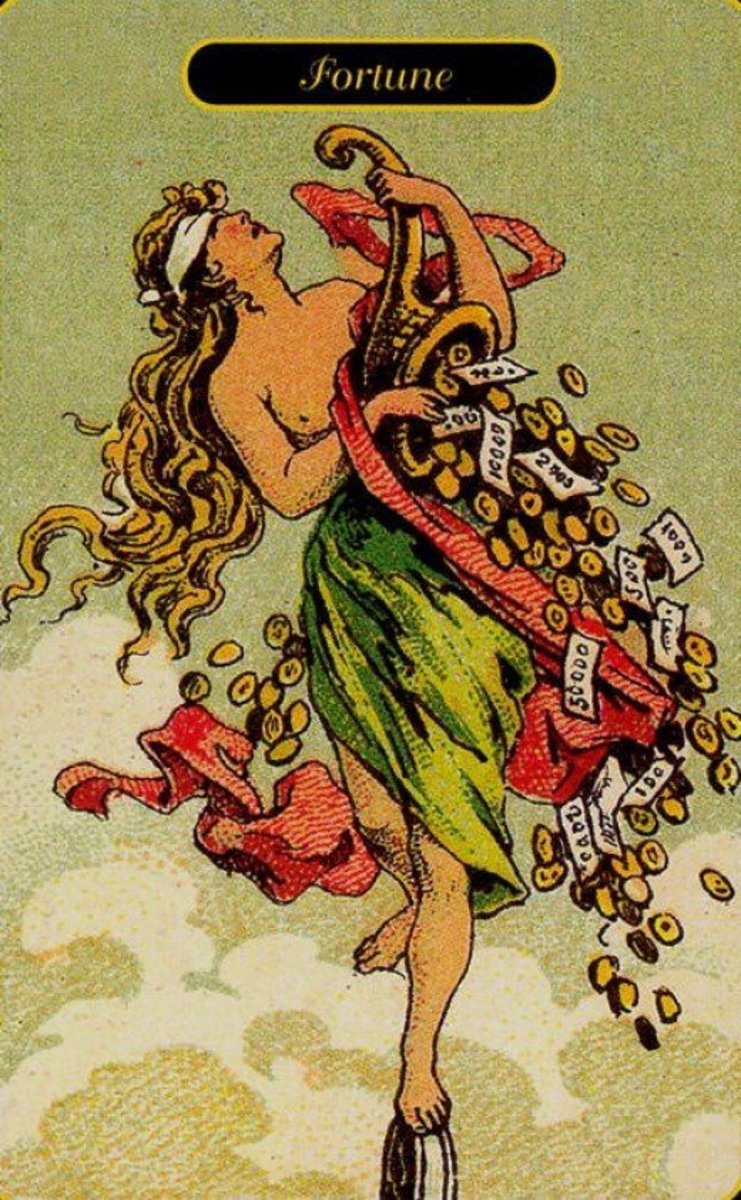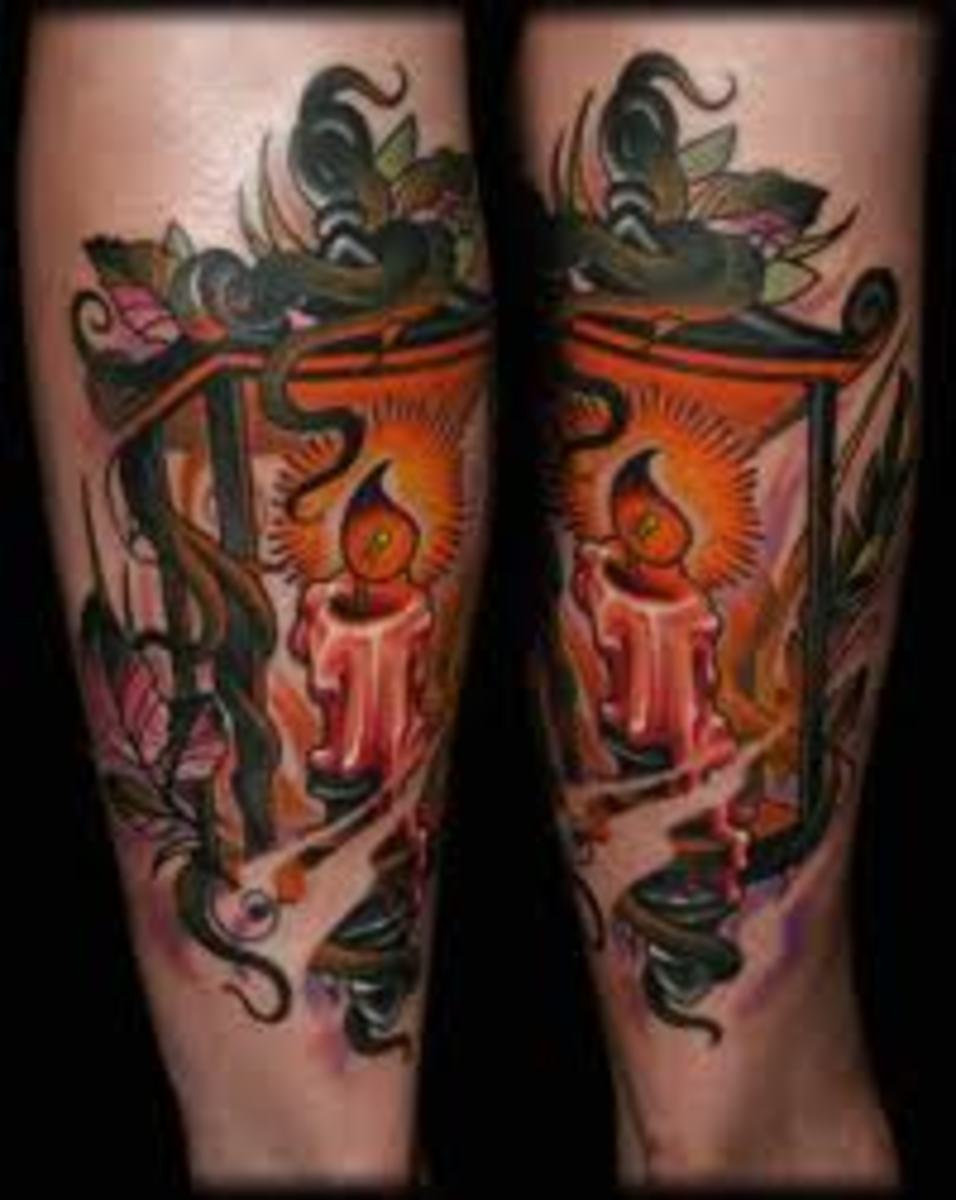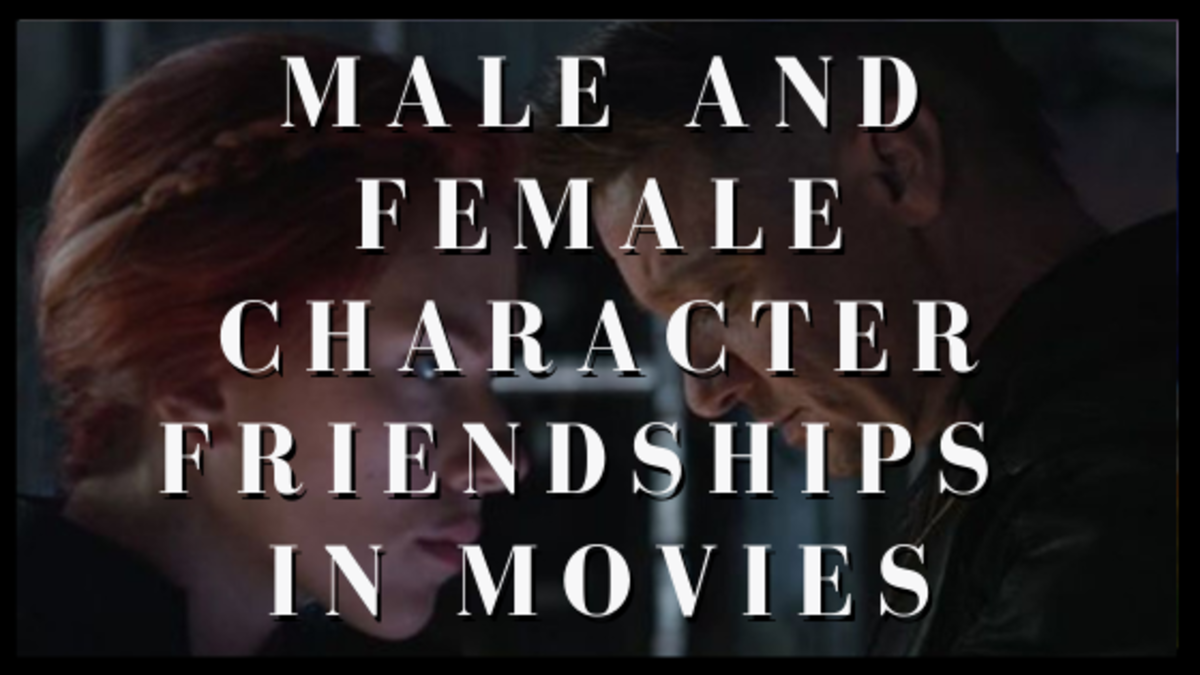Is Gender a Social Construction?
In 'Upping the Anti [sic] in Feminist Theory', Teresa De Lauretis says gender is 'a socio-cultural construction'. How does cinema represent the relationship between gender subversion and society?

Within every society there is a unique culture. These cultures are diverse and have been constructed from a culmination of different factors, including religious belief, technological development, economical status, and historical events. Much of human history is flooded with conflict because of intolerance to cultural differences. With discrimination rife against other cultures, it is no surprise that when an individual in our own community subverts societal norms, intolerance can grow even stronger. In the case of gender subversion, where the edifice of gender roles is almost universal, people who behave differently from their designated role are heavily penalised.
Classical cinema has generally avoided the topic of transgender because of the difficulty in concluding the film with a wholly satisfying ending. The very nature of gender subversion does not lend itself to completion as filmmakers find it hard to fit them into society. Even the avant-garde filmmaker, Rainer Faissbinder, found it impossible to end In A Year of Thirteen Moons (1978) without the suicide of the transsexual Erwin/Elvira. Independent cinema is not made with the intention to leave its audience feeling satisfied, but to address political issues. In a hope to change humanities intolerance to difference, some independent filmmakers have criticised the ‘socio-cultural construction’ (de Lauretis, 2007, p. 361) of gender by representing gender subversion.
‘Men and women are perceived to have different functions’ so ‘we set up markers’ (Echeat, 1999) to define these functions within society. In his film, Ma Vie En Rose (1997), Alain Berliner explores sexual stereotypes through satire. For example, the opening sequence pans across a pink bedroom, followed by close-ups of a child playing dress-up. The mise-en-scéne fools the audience into believing this is a girl. Ludo’s face is carefully concealed until he is introduced to the neighbourhood. Mistaken for his sister, Zoë, the audience are still under the impression that Ludo is a girl. When they discover otherwise, they are forced to re-evaluate why they assumed Ludo was female: they saw pink, a dress, make-up – things that are stereotypically associated with being female. Although many people may deny that they stereotype, Berliner’s film immediately shows how everyone, on an unconscious level, has been influenced by society’s construction of gender norms. Later, the audience witness Pierre forcing his son to play football, a stereotypically male sport. By this time they have become sympathetic to Ludo’s situation and realise how ludicrous it is to label someone’s gender based on their interests because it suppresses individuality. Ludo’s individuality is indeed suppressed when he attempts ‘macho self-reconstruction’ (Schiavi, 2004) by playing cowboys, spitting and adjusting his groin. Inevitably, by returning to the norm, Ludo helps to reinforce stereotypes because ‘gender roles are maintained by being continually performed’ (Butler, 1999, p. 340).
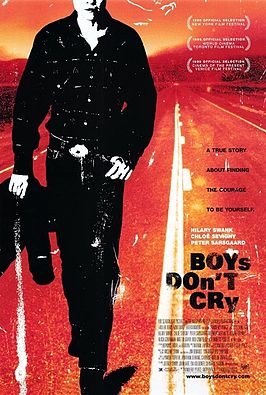
In extreme circumstances, gender construction can lead to violence. A prime example is seen in Boys Don’t Cry (Kimberly Pierce, 1999). As the title suggests, the ‘general American understanding of masculine sexuality privileges performance over feeling’, resulting in men repressing their emotions. When ‘forced into denial of their feelings’ (Siegel, 2003) it leads to built-up rage that is eventually released through violence, as happened with the tragic Brandon Teena case. It is also true that that no male character in the film cries. Brandon only cries after his biological sex is discovered and he confesses to having a ‘sexual identity crisis’. For this reason, while the film makes the audience sympathetic to the transgendered, it maintains the gender stereotypes. Gender binaries are again maintained by the title’s use of the word ‘boy’. Brandon is effectively represented as male with the use of male vocal theme music, but director, Kimberly Pierce, fails to represent him as a man. John and Tom are violent and loutish; they are men. Candice and Lana wear make-up; they are women. Brandon wears male clothes, but is sensitive to women’s feelings; he is a boy, the ‘other’.
Judith Butler argues that there is no such thing as gender normality in nature, ‘rather it is prompted within hetro-normative social regimes’ (Butler, p. 341). She says that cross-dressers reveal the constructed and ‘imitative structure of gender’ (Phillips, 2006, p. 13) because not everyone fits in the defined boundaries of male and female. If everyone is not able to fit into these two categories, it suggests that there is a ‘third sex’. Butler criticises the belief that we must fit into one of two genders and also disagrees that ‘we must choose between “nature” or “nurture”’ (Butler, p. 341).
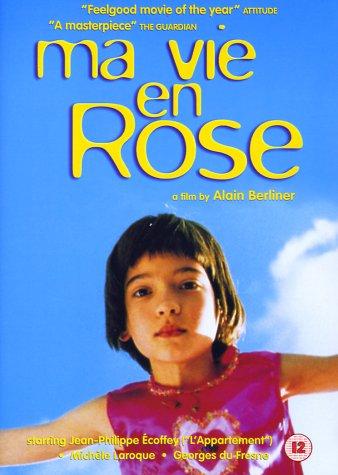
In Ma Vie En Rose, Ludo’s psychiatrist suggests that Pierre and Hanna are responsible for him identifying as female because they wanted a girl. The scientist, John Money, theorised gender neutrality at birth. The way parents treat their children often depends on their sex – giving girls dolls, and boys toy cars, for example. Money suggests that one could successfully raise a child as a specific gender despite their biological sex. The Horizon documentary, The Boy Who Turned Into A Girl (Andrew Cohen, 28/02/03) disproves his theory, however, when investigating the Bruce/Brenda case. Bruce was brought up believing he was a girl, but he never felt happy. Years later, when he discovered his true sex, he reverted to a male, suggesting there is an innate sense of sexuality. Both Ma Vie En Rose and Breakfast on Pluto (Neil Jordon, 2005)indicate an innate sense of gender. Despite being brought up as male and punished when displaying feminine tendencies, both Ludo and Patrick are inclined to dress as women. Ludo believes that he is male by ‘Divine fumble’ (Schiavi) because one of his ‘X’ chromosomes was accidentally thrown in the bin. Although interpreted through the understanding of a child, his deduction is essentially correct, as research proves testosterone levels influence gender behaviour. Transsexuals have been shown to have an abnormal level in relation to their biological sex.
Fassbinder, however, represents transexuality differently. As a gay director, he could be considered one of the founders of New Queer Cinema. Fassbinder made the film as a personal response to his partner’s suicide; he makes a heart-rending film, but ultimately fails to represent gender subversion accurately because of the plot’s improbability. Erwin’s sex change represents gender subversion as an impulsive whim; his ‘transitional nature’ (Phillips, p. 13) between male and female attire makes society uncomfortable. By having Erwin change sex for love, Fassbinder reinforces some people’s belief that ‘transsexuals are homosexuals who are in denial’ (Doty, 2005, p. 108).
In A Year of Thirteen Moons, Erwin has a sex change not due to an uncontrollable desire to be a woman, but because he is in love with a straight man. As well as Fassbinder’s personal influences, the decade in which the film was made could also be a contributing factor to this different representation of gender subversion. It was not until the 1990s that cinema began to ‘treat transgender seriously’ (Phillips, p 115); in the 1970s, however, the distinction between homosexuality and transexuality was much cloudier.
There is still a lot of confusion over the matter, as depicted in Boys Don’t Cry. The film is based on the true story of Brandon Teena, who was biologically female, but lived life as a man. Brandon ‘had sexual relationships with women, whist claiming not to be a lesbian’ (Sullivan, 2003, p. 113); Pierce represents Brandon from this viewpoint, but shows that the characters in the film think ‘Brandon is a lesbian pervert who “pretends” to be a man in order to abuse young women’ (Phillips, p. 139). Unable to see past biological facts, Brandon is labelled a lesbian and becomes the victim of a homophobic attack. There is a certain amount of hypocrisy behind John and Tom’s reaction, because when they believed Brandon to be male, they both treated him with ‘laddish camaraderie that borders on the homoerotic’ (p. 139). A prime example is when they try to outrun the police. The camera has an extreme close-up of John whispering seductively in Brandon’s ear, urging him to drive faster.
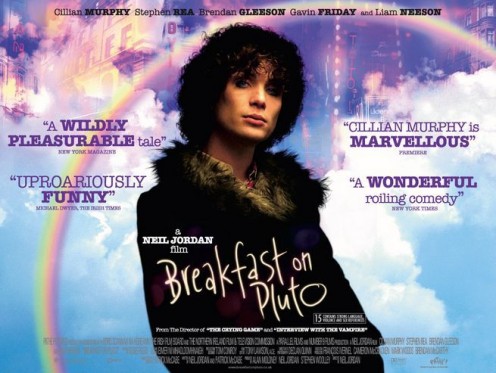
Pierce is not the only one to expose the hypocrisy within society. In Ma Vie en Rose, Pierre dances ‘a routine for which he would certainly attack his young son’ (Schiavi) for performing. The effeminate ‘candy-colored suburb’ (Schiavi)is also ironic since the neighbours accuse the Fabres of being gay. In Breakfast On Pluto, Patrick’s school vicars invite students to write down questions and put them in the ‘problem box’. Despite telling them that they can ask anything they like, when Patrick submits a question he gets pulled by the ear down the hallway for being insolent. The scene is doubly ironic considering vicars preach acceptance towards others.
These films suggest that hostility towards gender subversion derives from fear. People fear the unfamiliar because the unknown represents a potential threat. Ludo’s arrival challenges the community’s way of life by revealing the neighbours’ own imperfections. To John and Tom, in Boys Don’t Cry, Brandon represents competition. John is insecure about his own sexuality, so when he finds that Brandon - a woman - is more attractive to Lana than him, his masculinity is put at risk. If a woman can take a man’s place with another woman, then John’s dominance is threatened. In order to restore the balance, he and Tom ‘commit a symbolic act of castration’ (Phillips, p. 144). By raping Brandon, they not only restore his womanhood, but reaffirm their own heterosexuality.
Men are not the only ones who feel threatened by Brandon. Lana’s mother is disgusted by Brandon’s very existence because he ‘expose[s her] daughter to [his] sickness’. Because Lana does not care if he is ‘half monkey or half ape’, her mother thinks lesbianism is a contagious disease that Brandon has passed on to her daughter. Despite believing Brandon to be a lesbian, she seems unsure what to call him. She says ‘I don’t want it in the house’. Lana’s mother does not even consider Brandon a person, but a thing; her use of language in fact indorses the theory of a third sex. Brandon is not biologically a ‘he’, nor mentally a ‘she’. Derogatory though the term may be, ‘it’ is the only gender-neutral pronoun available, and suggests that members of the third sex are androgynous.
Patrick, in Breakfast In Pluto is assumed to be a terrorist when they discover he is a cross-dresser, and brutally beaten by the police. He is also exploited by Bertie, who turns him into a magician’s assistant. When Patrick’s friend, Charlie, discovers this, she is outraged at how he has been taken advantage of. The director, Neil Jordon, gives Patrick friends to show that society is not entirely bigoted, but his attempts are not wholly successful. One of his friends is rejected from a nightclub for having Downs Syndrome, while Charlie is an Irish Catholic in exile because she falls pregnant out of wedlock. Patrick has friends, but they are also outsiders. The resulting representation suggests that outsiders are only accepted by other outcasts.
The constant abuse transsexuals suffer from society often results in low self-esteem or depression. Harr Benjamin claims that ‘in the absence of surgery transsexuals will engage in self mutilation or suicide’ (Sullivan, p. 105). Patrick welcomes death when a gun is pointed at his head: ‘I’ve got nothing left to live for in this stupid serious world’. Jordon’s dark comedy implies that people take life far too seriously, which is why we can get worked up over the insignificant matters of gender construction – a matter that is imbued in childhood. The children at Ludo’s school beat him up because he acts like a girl, which leads to his half-hearted attempt at suicide by locking himself in the freezer. Benjamin suggests that ‘transsexuals feel nothing but disgust for their “biological bodies”’ (p. 105), but this was not the case with Brandon Teena. Brandon considers a sex change, but decides that ‘she can have what she wants, the love of a woman for a man, without surgery’ (Echeat, 1999). He refuses to self-harm when Tom offers that they partake in the ritual together, thus implying that Brandon is more secure in his identity than Tom. Tom and John crack that security in order to re-establish their own.
On the other hand, Brandon’s body is never shown as an ‘eroticised figure’ (Phillips, p. 145); even in the sex scene, it is Lana’s body providing a voyeuristic gaze. Although this representation desexualises Brandon, portraying him a sexual being proves problematic. To expose his body is to reveal his womanhood. Eventually, John and Tom do this, by stripping him, at which point, Brandon has a surreal moment in which he stares back at himself, repulsed by what he sees.
Pierce represents Brandon Teena as a person with ambition, who strives to take all the world has to offer. With such high aspirations, set in a world of so few opportunities, the film was destined to end in tragedy. Brandon’s dreams are too revolutionary for society to accept, which makes his hopes look like nothing more than idle fantasy. ‘The theme of escape into an imaginary world in which all socially constructed boundaries dissolve’ is ‘archetypally American’ (Phillips, p. 145). Pierce conveys that Brandon enters a fantasy from early on in the film. In a DVD commentary she explains that TheWizard of Oz (Victor Fleming, 1939) inspired the scene at the skating rink. When Brandon walks in with his date, there are flashing lights, lots of colour and upbeat music, as if he has just entered a dream. Jordon also uses motifs from TheWizard of Oz. Ludo wears red shoes and imagines he is in the world of Pam and Ben. Even Hanna enters ‘Oz’ in a hallucination in which she follows Ludo through a billboard poster. In this dream she has a change of heart, suggesting fantasy is a place to open one’s mind without fear of persecution. But as with many fairy-tales, the story takes a grim turn when Ludo pretends to be Snow White in the school play. The brightly coloured neighbourhood swiftly desaturates to a cold unwelcoming blue.
Patrick’s entire life is shrouded in fantasy from birth, when two talking robins witness him delivered to Father Liam’s doorstep. His adventures include becoming part of a seventies rock band, dressing up as a Womble, and participating in a magic act. As a writer, he creates an imaginary life, including a story in which he becomes a cross-dressing secret agent. These fantasies are a vital escape from all the prejudice suffered in the real world. For Brandon, fantasy is not just an escape, but ‘a crucial aspect of [his] survival’ (Sullivan, p 106); once Brandon’s true nature is discovered, he is brutally murdered. But in order to ‘pass’, Brandon is required to be dishonest. Deception is a key theme in the film, and although Pierce represents transsexuals in a sympathetic light, the fact that Brandon Teena actively lies to people also highlights another reason why society is distrustful of gender subversion. Passing necessarily involves lying; John is angry with Brandon not just because of his sex, but because he was deceived. At the beginning of the film, Brandon is chased by the brothers of girls he has been having sexual relations with. There is nothing intrinsically wrong with this, but since the relationships are based on a deception, it gives Brandon a predatory nature, and creates a legitimate fear for society. Just as in the film, the real Brandon Teena had several false identities, was involved in petty crimes and lied about his sexuality in relationships. These criminal offences, while touched upon in the film, are not properly addressed and usually brushed over. Even if Lana does not mind that Brandon is biologically female, it is difficult to believe, as portrayed, that she was not angry about being lied to. In many ways, Pierce has tried so hard to represent transsexuals positively that she has sacrificed elements of the truth. As Siegal points out, ‘the goal for combating vicious enforcement of gender norms is not furthered through the dissemination of misinformation’.
Ma Vie En Rose also concludes too conveniently; Ludo’s parents suddenly accept that ‘whatever happens, you’ll always be our child’. But this merely proves that gender is a ‘socio-cultural construction’. The only reason Ludo’s parents change their mind is because the new community are more tolerant of individuality. What really needs to be addressed are the events after the credits roll. The new neighbours might have accepted Ludo when he was forced to wear a dress at a costume party, but what about when he chooses to go to school in one?
The films discussed represent gender subversion with ‘sympathetic colours’ (Phillips, p. 115), and raise the issues that need to be dealt with. As research has proven, there is a biological factor influencing male and female behavioural differences; society, however, has emphasised these differences, creating a much wider gender gap. The films discussed represent a third sex, one that is neither fully male, nor fully female. With the pressure from society to behave in such an artificially constructed way, it has driven them to fit in neither category. Therefore, these films represent gender subversion to be the result of such rigid conformity. Society has created its own ‘problem’, by forcing certain behaviours that some people are unable to conform to.
The films tackle the issue of gender subversion by focussing on society’s reaction to towards it. The problem here is that it invariably emphasises the difference between males and females. The only way to remove the ‘socio-cultural construction’ of gender is to de-emphasise difference. Sally Potter succeeds in Orlando (1992). She said in an interview that men and women are very similar inside, but ‘trapped in an illusion of difference’. Her film exposes this illusion when Orlando effortlessly transforms from a man to a woman and says: ‘Same person. No difference at all…just a different sex’. Potter ‘suggests a blending of the sexes rather than a separation’ (Nelmes, 2007, p 238), which is in fact what transgendered people do. Orlando represents gender subversion as uniting society rather than destabilising it. Potter’s success could be due to the film’s fantastical nature. The other films are more grounded in reality, for example, Boys Don’t Cry, is based on true events. Orlando on the other hand plays with historical and temporal reality, giving Potter more freedom in her portrayal of the relationship between society and gender.
Bibliography
Butler, J. ‘Subjects of Sex/Gender/Desire’ in During, S. (ed.) (1999) The Cultural Studies Reader, 2nd Edition, UK, Routledge, pp. 340-353
Butler, J. ‘Subversive Bodily Acts’ in During, S. (ed.) (2007) The Cultural Studies Reader, 3rd Edition, UK, Routledge, pp. 371-382
De Lauretis, T. ‘Upping The Anti (Sic) In Feminist Theory’ in During, S. (ed.) (2007) The Cultural Studies Reader, 3rd Edition, UK, Routledge, pp. 358-370
Doty, A. (2000), Flaming Classics: Queering The Film Canon, UK, Routledge
Echeat (1999), Are Gender Rolls [sic] Rightfully Accepted By Society?, Available at: http://www.echeat.com/essay.php?t=27326 (accessed: October 18th, 2010)
Echeat (1999), Boy’s Don’t Cry, Tragic Murder, Available at: http://www.echeat.com/essay.php?t=27837 (accessed: October 18th, 2010)
Nelmes, J. (2007), Introduction to Film Studies, 4th edition, UK, Roultledge
Phillips, J. (2006), Transgender On Screen, UK, Palgrave Macmillan
Schiavi, M. (2004), ‘A “Girlboy’s” Own Story: Non-Masculine Narrativity In Ma Vie en Rose’, College Literature, 31 (3), pp. 1-26, Bnet [online], Available at: http://findarticles.com/p/articles/mi_qa3709/is_200407/ai_n9454269/?tag=content;col1 (accessed: February 19th, 2010)
Siegal, C. (2003) ‘Curing Boys Don’t Cry Brandon Teena’s Stories’, Genders, 37, Available at: http://www.genders.org/g37/g37_siegel.html (accessed: October 18th, 2010)
Sullivan, N. (2003), A Critical Introduction To Queer Theory, UK, Edinburgh University Press Ltd
Filmography
Boys Don’t Cry (1999), directed by Kimberly Pierce [DVD], USA, Twentieth Century Fox
Breakfast On Pluto (2005), directed by Neil Jordon [DVD], UK, Twentieth Century Fox
Horizon: The Boy Who Turned Into A Girl, (Original Broadcast Date 28/02/03)directed by Andrew Cohen [Video recording], UK, BBC
In A Year of Thirteen Moons (1978), directed by Rainer Fassbinder [DVD], Germany, WCL
Ma Vie En Rose (1997), directed by Alain Berliner [DVD], Belgium, Bluelight
Orlando, (1992), directed by Sally Potter [DVD], UK, World Cinema LTD


